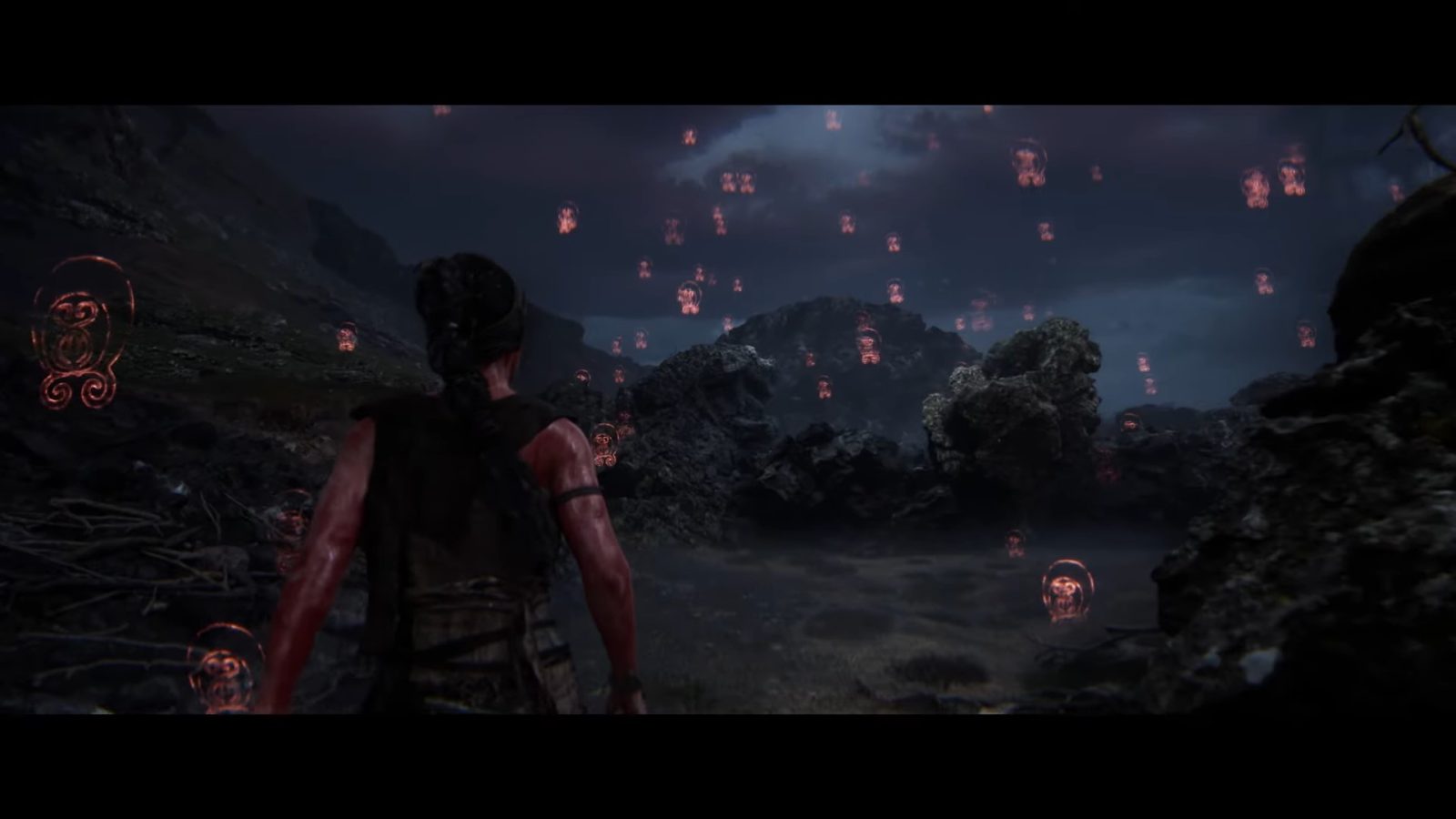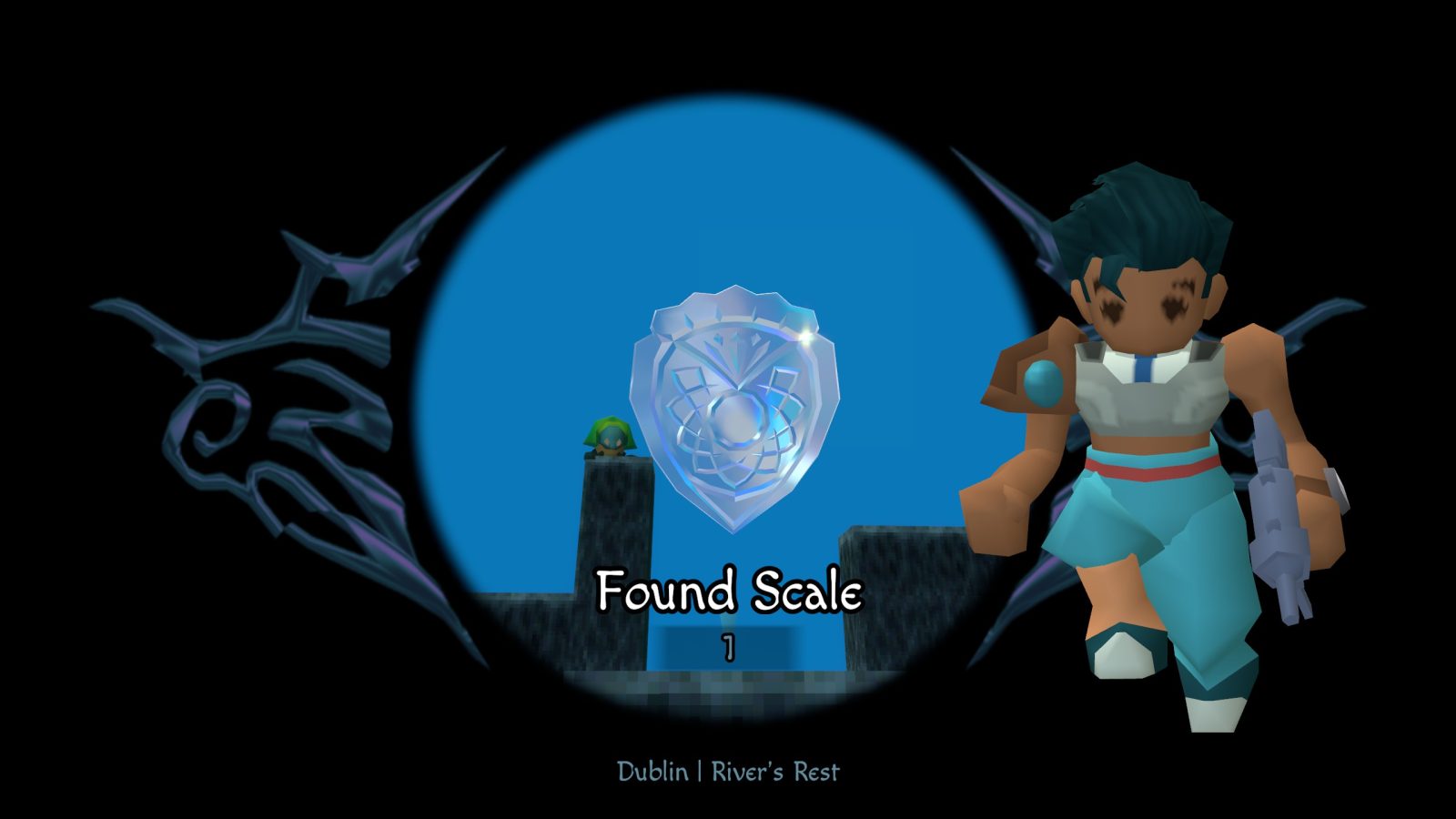It’s hard to not love Air, Land & Sea and its mobile counterpart, Marvel Snap. Both have expanded upon the 2 player card game format in a way that inherently promotes a crunchy experience that self-balances despite extremely powerful and unbalanced effects. At first glance, I was intrigued by Solis’ Space Lion, as it appeared to take the idea of playing cards across 3 lanes while hiding your strength and take it up to 5 players. To quote Omar, “if you come at the king, you best not miss”, and to add an addendum for this particular instance: if you do nothing but miss, I start to get overwhelmed by secondhand embarrassment.

Let’s start off with the basic gameplay. Starting with whichever player has the priority token, everyone takes turns optionally discarding a card for its discard effect before playing a card (face up or down) to one of the three lanes they have available to them or opting out of the rest of the round by passing. Once everyone’s either played 4 cards or passed, the player with the priority token resolves battles in the order of their choice, flipping all facedown cards and resolving battle effects. Players who won a battle are awarded a point, and units that were alone or grouped go into their owner’s discard or dead pile, respectively. Those of you who have played either of the games I referenced in the intro may have already picked up on an important missing feature: a loss mitigation mechanic. You may think passing early or goading an opponent into committing multiple cards to one lane so they’re out for a round is loss mitigation, but most factions have effects that ignore the dead pile or cards that are only good for picking up cards from your discard, so nope. You’re stuck with the same shitty matchup you lost before on repeat until the game’s over. I had hoped that this design decision meant that knowing your opponent’s options and simply outplaying them is the largest factor in performance, but after playing around 20 times, most games turn out to be a straightforward matchup check that you play out for the requisite number of rounds. The few times the short end of a bad matchup won in my plays, it was because they caught the favored faction out with something they didn’t see coming, which brings me to another of the problems I have with Space Lion: its learning process.
During setup, you’re going to have to pick a card to upgrade to one of the titular Lions unless you’re running the Terran stand-ins, who do it over the course of the game. That’s a lot to ask of players before they’ve even played a round to get a firm grasp on how the game works, and each faction has a recommended one to help newbies. My issue is that there seems to be no rhyme or reason to which one is chosen. Sometimes it’s the most straightforward, sometimes it’s the one that best enables the faction’s general galeplan, sometimes it’s the most powerful, sometimes I have literally no idea why it was chosen. After I had had experience with each faction, I started just overriding the recommendations, especially for the humans, because the recommended one puts the player behind the eight-ball playing catch-up in most situations, while the one that enables upgrading makes them much more versatile and lets the player course correct much easier. But that’s not even the whole of my beef with the Lion and learning issue. Like many games that require familiarity with your opponent’s options in order to engage with the game on a basic level, each faction comes with a reference card that lists the cards they have and what they do. Only a lot of cards aren’t fully explained, the Lions are entirely absent, and there’s only one per faction when you’re potentially interacting with 4 other people in a 5 player game. I honestly don’t know enough about production to know if having the references explain the cards and the Lions is unreasonable, but I’d argue that if the design you’ve landed on depends upon keeping players stumbling in the dark when that isn’t part of the intended play experience, that’s a good sign you should revisit that design.

I’ll loop back to that in a bit, but it’s high time I talked about player interaction in this game. I’ll be the first person to defend negative player interaction, it’s inarguably vital to every game that isn’t purely wholesome co-op, and it still creeps up in those cause you’ll inevitably wind up accidentally stepping on each other’s toes while trying to accomplish tasks. The thing is, well designed negative interaction is a safety valve for when someone becomes powerful enough to make the game unbalanced or discovers an exploit, and needs to be knocked down a peg for that session’s overall health. Poorly designed negative interaction allows one player to annihilate another’s game without thought or effort. I could provide a bunch of individual instances across the factions, but it’s literally one of the Castell faction’s abilities called decrees.At the beginning of each round, the Castell player picks a decree from their deck and plays it on the center location, the free for all that scores double in a multiplayer game. These are all one-use, but are usually restrictive like nobody moves in or out, or shut down low strength flood strategies that multiple factions use, or just invalidate everyone’s card effects. At least, that’s what I assume it does? Lion’s arena is one of the instances of vague wording in this game, where it says “units here, except lions, have no effect text” and I’d assume that it refers to the upgraded units that are referred to as lions, but all the Castell units are anthropomorphic lions, so there’s an argument to be had that it’s saying that Castell units still have their effects. I’m not trying to tell you how to make your game, but if one of your game mechanics is named Lions, maybe don’t make a faction of literal lions? The real bummer here is that once again, while the Castell player can plan their strategy alongside which decrees they’ll play when, there’s no reference card or anything so anyone else knows what they can pull from their deck. Cool.

I really wanted Space Lion’s idea of multiplayer lane-based card battles to work, but just about everything else from the amateurish art to the questionable design ethos left me disappointed.
PROS
- Air Land & Sea-like that plays up to 5
CONS
- Art on par with internet fan art
- generally opaque gameplay combined with confusing rules (timing windows, what appears to be holdover words from prototypes, etc.)
- Players can be stuck in 80/20 losing matchups for up to an hour
Unless otherwise stated, the product in this article was provided for review purposes.
See below for our list of partners and affiliates:

 2 months ago
91
2 months ago
91







